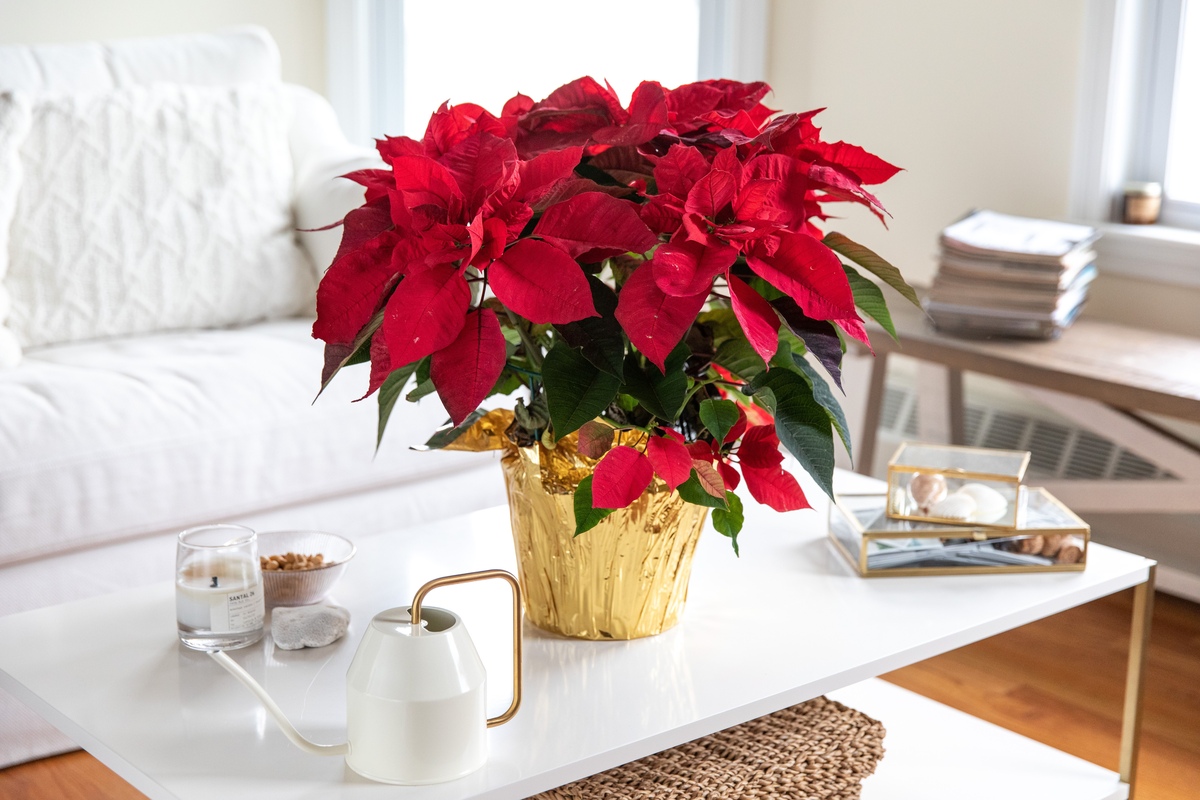

Articles
How To Store Poinsettias
Modified: October 28, 2024
Learn all about articles on how to store poinsettias and keep them fresh throughout the year. Discover essential tips and techniques for extending the lifespan of your beautiful holiday plants.
(Many of the links in this article redirect to a specific reviewed product. Your purchase of these products through affiliate links helps to generate commission for Storables.com, at no extra cost. Learn more)
Introduction
Welcome to our guide on how to store poinsettias! Poinsettias are beautiful, vibrant plants that are often associated with the holiday season. With their deep red, pink, or white bracts and dark green foliage, they add a festive touch to any home or office. However, once the holiday season is over, many people are unsure of how to properly care for their poinsettias and keep them alive until the following year.
Storing poinsettias can be a bit tricky, as they have specific requirements for temperature, humidity, and light. The key to successfully storing poinsettias lies in providing the right conditions and following a few simple steps. In this guide, we will walk you through the process of storing poinsettias to ensure they stay healthy and ready to bloom again next year.
Before we delve into the specifics of storing poinsettias, it’s important to understand a bit about these plants. Poinsettias, also known by their botanical name Euphorbia pulcherrima, are native to Mexico and Central America. They are popular ornamental plants that have been cultivated for centuries.
What we commonly refer to as the “flowers” of a poinsettia are actually colored bracts, which are modified leaves. The small yellow flowers in the center of the bracts are the true flowers of the plant, but they are not as showy or long-lasting as the bracts themselves.
Poinsettias are sensitive to changes in temperature and light, which is why they are often associated with the holiday season. In their natural habitat, poinsettias bloom during the winter months. To mimic these conditions and promote blooming, poinsettias require special care both during and after the holiday season.
Now that we have a better understanding of poinsettias, let’s dive into the specific steps and considerations for storing them. By following our guide, you’ll be able to successfully store your poinsettias and enjoy their vibrant beauty year after year.
Key Takeaways:
- Proper storage conditions are crucial for poinsettias, including cool temperatures, darkness for dormancy, and balanced humidity. Monitoring for pests and diseases is essential to ensure healthy plants.
- Bringing poinsettias out of storage requires gradual light exposure, regular watering, and fertilization. Careful inspection for pests and diseases, along with repotting if needed, sets the stage for vibrant blooms.
Read more: How To Fold A Napkin Into A Poinsettia
Choosing the right location
When it comes to storing poinsettias, selecting the right location is crucial. Poinsettias are sensitive to temperature and light, so it’s important to find a spot that offers the ideal conditions for their dormancy period.
First and foremost, choose a location that is cool and dark. Poinsettias thrive in temperatures between 60-70 degrees Fahrenheit (15-21 degrees Celsius), so aim for a room with consistent temperatures within this range. Avoid placing poinsettias near heat sources such as radiators or vents, as this can cause the plants to dry out quickly.
In addition to temperature, poinsettias require a certain amount of darkness to signal their blooming cycle. During the storage period, it’s important to provide at least 12-14 hours of uninterrupted darkness each day. This can be achieved by placing the plants in a room where they won’t be exposed to artificial light sources during the evening and nighttime hours.
It’s also crucial to keep poinsettias away from drafts. Cold drafts can damage the leaves and bracts, while warm drafts can cause the plant to dry out. Ensure that the chosen storage location is well-insulated and protected from any drafts that may compromise the health of the poinsettias.
Lastly, consider the humidity level of the storage area. Poinsettias prefer moderate humidity levels, ideally between 40-60%. If the air in the room is too dry, you can increase humidity by placing a tray of water near the plants or by using a humidifier. However, be sure to avoid getting water directly on the poinsettias, as this can lead to rotting roots or other fungal issues.
By choosing a cool, dark, draft-free location with moderate humidity, you’ll provide the optimal environment for poinsettias during their storage period. These ideal conditions will help the plants enter dormancy and prepare for their next blooming season.
Temperature and humidity requirements
Temperature and humidity are two important factors to consider when storing poinsettias. Proper conditions for temperature and humidity will help the plants enter a dormant state and maintain their health during the storage period.
As mentioned earlier, poinsettias prefer cooler temperatures between 60-70 degrees Fahrenheit (15-21 degrees Celsius) during their dormant phase. It’s important to maintain a consistent temperature within this range to prevent the plants from becoming too cold or too hot. Extreme temperatures can stress the plants and lead to leaf drop or other issues.
Avoid exposing poinsettias to sudden temperature changes or fluctuations. Keep them away from drafts, as cold drafts can damage the leaves and bracts, while warm drafts can dry out the plant. Be mindful of any heating or cooling systems in the storage area and place the poinsettias in a spot that is not directly affected by these systems.
Humidity is another crucial factor for poinsettia storage. While poinsettias prefer moderate humidity levels between 40-60%, it’s important to strike a balance. High humidity can promote the growth of molds and fungi, while low humidity can cause the leaves to dry out quickly.
To maintain proper humidity levels, consider placing a tray of water near the plants. As the water evaporates, it increases the relative humidity in the area. You can also use a humidifier to regulate humidity if needed. Avoid spraying water directly on the plants, as this can lead to fungal growth and other issues.
Keep in mind that poinsettias are naturally adapted to the climate of Mexico and Central America, where humidity levels tend to be higher. However, they can tolerate lower humidity levels as long as they are not extreme.
By providing the right temperature and humidity conditions, you can ensure that your poinsettias remain healthy and dormant during the storage period. These optimal conditions will help the plants conserve energy and prepare for their next blooming season.
Watering and drainage
Proper watering and drainage are essential for the health and survival of poinsettias during the storage period. While poinsettias require less water during their dormancy phase, it’s still important to provide adequate moisture without overwatering.
One of the key considerations when it comes to watering poinsettias is to strike a balance between keeping the soil moist and avoiding waterlogged conditions. Overwatering can lead to root rot and other fungal diseases, while underwatering can cause the plant to dry out and suffer from dehydration.
Check the moisture level of the soil regularly by inserting your finger about an inch into the soil. If it feels dry, it’s time to water the poinsettias. However, if the soil is still slightly moist, it’s best to hold off on watering for a bit longer. Avoid allowing the plant to sit in standing water, as this can lead to root rot and other issues.
When watering poinsettias, make sure to do so thoroughly, allowing water to reach the roots. Water until you see it coming out of the drainage holes at the bottom of the pot. After watering, allow the excess water to drain away, and empty any saucers or trays that collected the runoff. It’s crucial to provide proper drainage to prevent water from pooling around the roots, which can lead to root rot.
During the storage period, the frequency of watering will be less compared to when the poinsettias are actively growing. Aim to water them about once a week, or when the soil feels dry to the touch. Adjust the watering schedule based on the conditions of the storage area, such as temperature and humidity. Avoid overwatering, as excessive moisture can lead to root problems.
In addition to regular watering, it’s important to monitor the humidity levels around the poinsettias. Maintaining moderate humidity can help prevent the soil from drying out too quickly and ensure that the plant receives the right amount of moisture.
By following these watering and drainage guidelines, you can provide the necessary moisture for your poinsettias during the storage period, without risking overwatering or poor drainage. This will help maintain their health and ensure they are prepared for the next blooming season.
Fertilizing poinsettias
While poinsettias are in their storage period, they do not require as much fertilizer as during their active growth phase. However, providing some nutrients can still be beneficial to help maintain their health and prepare them for the next blooming season.
During the storage period, it’s best to use a balanced, water-soluble fertilizer with a NPK ratio (nitrogen, phosphorus, potassium) of 20-20-20 or a similar formulation. This balanced fertilizer will provide the necessary nutrients without promoting excessive leaf growth.
Start fertilizing poinsettias about once a month, beginning in late winter or early spring. Dilute the recommended amount of fertilizer in water following the instructions on the product label. Apply the solution to the soil, making sure not to splash the foliage. Avoid fertilizing poinsettias if the soil is still moist, as this can increase the risk of root rot.
It’s important to be mindful of the concentration of the fertilizer. Too much fertilizer can result in excessive vegetative growth, weak stems, and diminished blooming potential. It’s better to err on the side of caution and slightly under-fertilize than to overdo it.
In addition to the monthly fertilizer application, it’s beneficial to use a balanced slow-release fertilizer while repotting poinsettias after their storage period. This slow-release fertilizer will provide a steady supply of nutrients over time, ensuring the poinsettias have what they need during their active growth phase.
Remember to always follow the instructions on the fertilizer packaging and adjust the frequency and concentration of fertilization based on the specific needs of your poinsettias. Keep in mind that individual poinsettias may have different nutrient requirements, so it’s important to observe them closely and adjust the fertilization accordingly.
By providing a balanced fertilizer during the storage period and using a slow-release fertilizer during their active growth phase, you can help poinsettias maintain their health and prepare for their next blooming cycle. Proper fertilization will ensure they have the nutrients they need to produce vibrant bracts and foliage.
To store poinsettias, place them in a cool, bright location away from drafts and heat sources. Water sparingly to keep the soil lightly moist. Avoid overwatering to prevent root rot.
Read more: How To Grow Poinsettias From Seed
Pruning and shaping tips
Pruning and shaping your poinsettias during their storage period can help maintain their compact form and promote healthy growth. While poinsettias may not require extensive pruning during this phase, a few simple tips can help keep them in good shape for their next blooming season.
First and foremost, remove any dead or yellowing leaves or bracts. These can be a sign of stress or disease and should be promptly removed to maintain the overall health of the plant. Gently pluck or trim off the affected foliage, taking care not to damage the healthy parts of the plant.
If your poinsettia has become leggy or overgrown, you can also consider pruning it back to encourage bushier growth. Trim back the stems by about one-third to one-half, cutting just above a leaf node or the point where the leaf connects to the stem. This will prompt new growth from the nodes below the cut, resulting in a more compact and dense plant.
Be cautious not to prune too much during the storage period, as poinsettias need time to recover and regrow their foliage. A light pruning to remove any excessive growth or damaged parts is typically sufficient during this period.
As you prune, inspect the poinsettias for any signs of pests or diseases. Common pests that can affect poinsettias include whiteflies, aphids, and spider mites. If you notice any signs of infestation, such as sticky residue, webbing, or distorted foliage, take necessary measures to control the pests. Use organic insecticidal soaps or horticultural oils to mitigate infestations. Keep in mind that prevention is key, so regularly inspect your poinsettias and isolate any affected plants to prevent the spread of pests.
Shaping your poinsettias during the storage period is also a good idea to ensure a well-balanced and aesthetically pleasing form. Encourage outward growth by gently bending or training the branches in the desired direction. Use soft plant ties or twist ties to secure the branches if needed, taking care not to constrict or damage the stems. Regularly monitor the plant’s growth and adjust the shaping as necessary to maintain the desired form.
By following these pruning and shaping tips, you can help maintain the health and appearance of your poinsettias during their storage period. Proper pruning will promote bushier growth and a well-shaped plant, while timely pest control measures will ensure they stay free from infestations. With a little bit of attention and care, your poinsettias will be ready to bloom beautifully in the next season.
Protecting poinsettias from pests and diseases
Pests and diseases can pose a threat to the health and vitality of your poinsettias, even during their storage period. Taking proactive measures to protect your plants from these issues is essential to ensure their longevity and readiness for the next blooming season.
One of the most common pests that can affect poinsettias is the whitefly. These tiny, winged insects can quickly infest the foliage, causing yellowing leaves, stunted growth, and a decline in the plant’s overall health. To prevent and control whiteflies, regularly inspect your poinsettias for any signs of infestation, such as small white insects flying around or sticky residue on the leaves. If you spot whiteflies, use organic insecticidal soaps or horticultural oils to control their population. Repeat the treatment as necessary to eradicate the pests completely.
Aphids are another common pest that can affect poinsettias. These small, pear-shaped insects can cluster on the undersides of leaves and suck sap from the plant, causing distortion and curling of the foliage. To control aphids, blast them off with a strong stream of water or use insecticidal soaps or oils. Consider introducing beneficial insects like ladybugs or lacewings that feed on aphids to help control their population naturally.
Spider mites can also be a challenge for poinsettias. These tiny pests can infest the plants, spinning fine webs and causing stippling or yellowing of the leaves. Regularly monitor your poinsettias for any signs of spider mites, such as webbing or tiny specks on the undersides of leaves. Use a forceful spray of water to dislodge them or apply an insecticidal soap or oil specifically formulated to control spider mites.
In addition to pests, poinsettias can also be susceptible to various diseases, such as root rot, powdery mildew, and fungal infections. To avoid these issues, ensure that your poinsettias are not overwatered and have proper drainage. Avoid getting the foliage wet during watering to prevent the spread of fungal spores. If you notice any signs of disease, such as wilting, discoloration, or fungal growth, it’s important to address the issue promptly. Remove and discard any infected plant material, improve air circulation around the plants, and consider using fungicides if necessary.
Regularly inspect and isolate new plants before introducing them to your poinsettia collection, as they can potentially bring in pests or diseases. Keeping your poinsettias in optimal growing conditions, such as providing adequate light, proper watering, and appropriate fertilization, will help strengthen their overall health and resilience against pests and diseases.
By implementing these preventive measures and promptly addressing any issues that arise, you can protect your poinsettias from pests and diseases. This will ensure that your plants stay healthy and ready to bloom beautifully in the next season.
Preparing poinsettias for storage
Properly preparing your poinsettias for storage is crucial to ensure their health and readiness for the next blooming season. By following a few simple steps, you can help the plants transition into dormancy and maintain their vitality during the storage period.
First, assess the overall health of your poinsettias. Look for any signs of pests, diseases, or stressed foliage. Remove any dead or yellowing leaves, and treat any pest or disease issues before proceeding with storage.
Next, reduce watering gradually leading up to the storage period. This will help prepare the poinsettias for dormancy. About two weeks before you plan to store them, water the plants thoroughly to ensure they are well hydrated. After that, reduce watering to allow the soil to become slightly dry before storing. Be cautious not to let the plants wilt or become completely dehydrated.
Before placing your poinsettias in storage, consider repotting them if necessary. This is a good opportunity to refresh the soil and provide fresh nutrients. Select a well-draining potting mix suitable for poinsettias and transplant each plant into a slightly larger container if needed.
When handling the poinsettias, be gentle and avoid damaging the bracts or foliage. These sensitive parts of the plant can be easily injured, leading to stress and potential issues during storage.
Finally, choose an appropriate storage location with the right conditions, as discussed earlier. Ensure the area is cool, dark, and draft-free, with consistent temperatures between 60-70 degrees Fahrenheit (15-21 degrees Celsius). Provide 12-14 hours of uninterrupted darkness each day to signal dormancy in the plants.
Place the poinsettias in the chosen storage location, making sure they are adequately spaced to avoid crowding. Inspect the area for potential pests or sources of contamination, and keep the poinsettias away from other plants to prevent the spread of pests or diseases.
During the storage period, monitor the poinsettias regularly for any signs of stress, pests, or diseases. Remove any dead foliage promptly and address any issues that may arise. Avoid moving or disturbing the plants unnecessarily, as this can disrupt their dormancy.
By carefully preparing your poinsettias for storage and providing the proper conditions, you can ensure that they enter a healthy dormancy period. This preparation will contribute to their overall vitality and readiness to bloom beautifully in the next season.
Proper storage conditions
Creating the right storage conditions for your poinsettias is crucial for their survival and health during the dormant period. By providing the appropriate environment, you can ensure that the plants conserve energy and remain in optimal condition for their next blooming season.
Temperature is a key factor in proper poinsettia storage. Aim to keep the storage area cool, ideally between 60-70 degrees Fahrenheit (15-21 degrees Celsius). Avoid exposing the plants to extreme temperatures, as this can stress them and lead to leaf drop or other problems. Steady, consistent temperatures are important for maintaining dormancy in the poinsettias.
It’s equally important to keep the storage area dark for a significant portion of each day. Poinsettias require at least 12-14 hours of uninterrupted darkness to signal their blooming cycle. Cover the plants with a light-proof material, such as a box or a black cloth, during the evening and nighttime hours to provide the necessary darkness. Be sure to uncover them during the day to allow for some light exposure.
Humidity levels also play a role in poinsettia storage. While poinsettias prefer moderate humidity levels between 40-60%, it’s important to strike a balance. High humidity can promote the growth of molds and fungi, while low humidity can cause the leaves to dry out quickly. Monitor the humidity levels in the storage area and consider using a humidifier or placing a tray of water nearby to increase moisture if needed.
Air circulation is another factor to consider. While poinsettias are dormant during storage, it’s still important to provide some air movement. This helps prevent the buildup of stale air and discourages the growth of mold or pests. Keep the storage area well-ventilated but avoid placing the plants near drafts, as this can cause fluctuations in temperature and humidity.
Finally, it’s important to regularly monitor the poinsettias during their storage period. Check for any signs of stress, pest infestations, or disease. Remove any dead foliage promptly and address any issues that arise. However, minimize unnecessary handling or movement of the plants, as this can disrupt their dormancy and potentially lead to damage.
By providing the appropriate storage conditions of a cool, dark, and well-ventilated area with the right levels of humidity and minimal disturbance, you can ensure that your poinsettias have the best chance of staying healthy and vibrant during their dormancy period. These optimal storage conditions will set the stage for their next blooming season.
Bringing poinsettias out of storage
After successfully storing your poinsettias during their dormant period, it’s time to bring them out and prepare them for their next blooming season. By following a few simple steps, you can ensure a smooth transition and help your poinsettias thrive once again.
To begin, carefully remove the poinsettias from their storage location. Gently uncover them, taking care not to damage the bracts or foliage. Inspect the plants for any signs of stress, pests, or diseases. Trim away any dead or damaged foliage, allowing the healthy parts of the plant to thrive.
Once the poinsettias are out of storage, gradually reintroduce them to light. Start by placing them in a location with indirect light for a few hours each day. Gradually increase the amount of light exposure over the course of a week or two. This gradual acclimation will help prevent shock to the plants and promote healthy growth.
Resume a regular watering schedule, giving the poinsettias a thorough watering when the top inch of the soil feels dry. It’s important to maintain a balance between not overwatering and not allowing the soil to become completely dry. Aim to keep the soil evenly moist, but not soggy.
Once the poinsettias start to show signs of new growth, you can begin fertilizing them again. Use a balanced, water-soluble fertilizer with a NPK ratio (nitrogen, phosphorus, potassium) of 20-20-20 or a similar formulation. Follow the instructions on the fertilizer packaging for proper dilution and application. Fertilize the plants about once a month during their active growth phase.
Continue to monitor the poinsettias for any signs of pests or diseases. If you notice any issues, promptly address them using appropriate organic insecticides or fungicides. Regularly inspect the underside of leaves, stems, and soil for any signs of pests or unusual growth.
As the poinsettias continue to grow, you may need to consider repotting them into slightly larger containers to accommodate their increasing root growth. Use a well-draining potting mix specifically formulated for poinsettias and carefully transplant the plants, taking care not to damage their roots or foliage.
Finally, as the holiday season approaches, provide the poinsettias with the appropriate light exposure to encourage blooming. Poinsettias require shorter days and longer nights to initiate their colorful bract formation. About 10 weeks before you desire their blooming period, provide 12-14 hours of uninterrupted darkness each day. This can be achieved by placing the plants in a dark room or covering them with a light-proof material in the evening and removing it in the morning.
By following these steps and providing the necessary care and attention, you can successfully bring your poinsettias out of storage and prepare them for their next blooming season. With proper light exposure, watering, fertilization, and pest control, your poinsettias will thrive and bring the festive spirit to your home once again.
Frequently Asked Questions about How To Store Poinsettias
Was this page helpful?
At Storables.com, we guarantee accurate and reliable information. Our content, validated by Expert Board Contributors, is crafted following stringent Editorial Policies. We're committed to providing you with well-researched, expert-backed insights for all your informational needs.
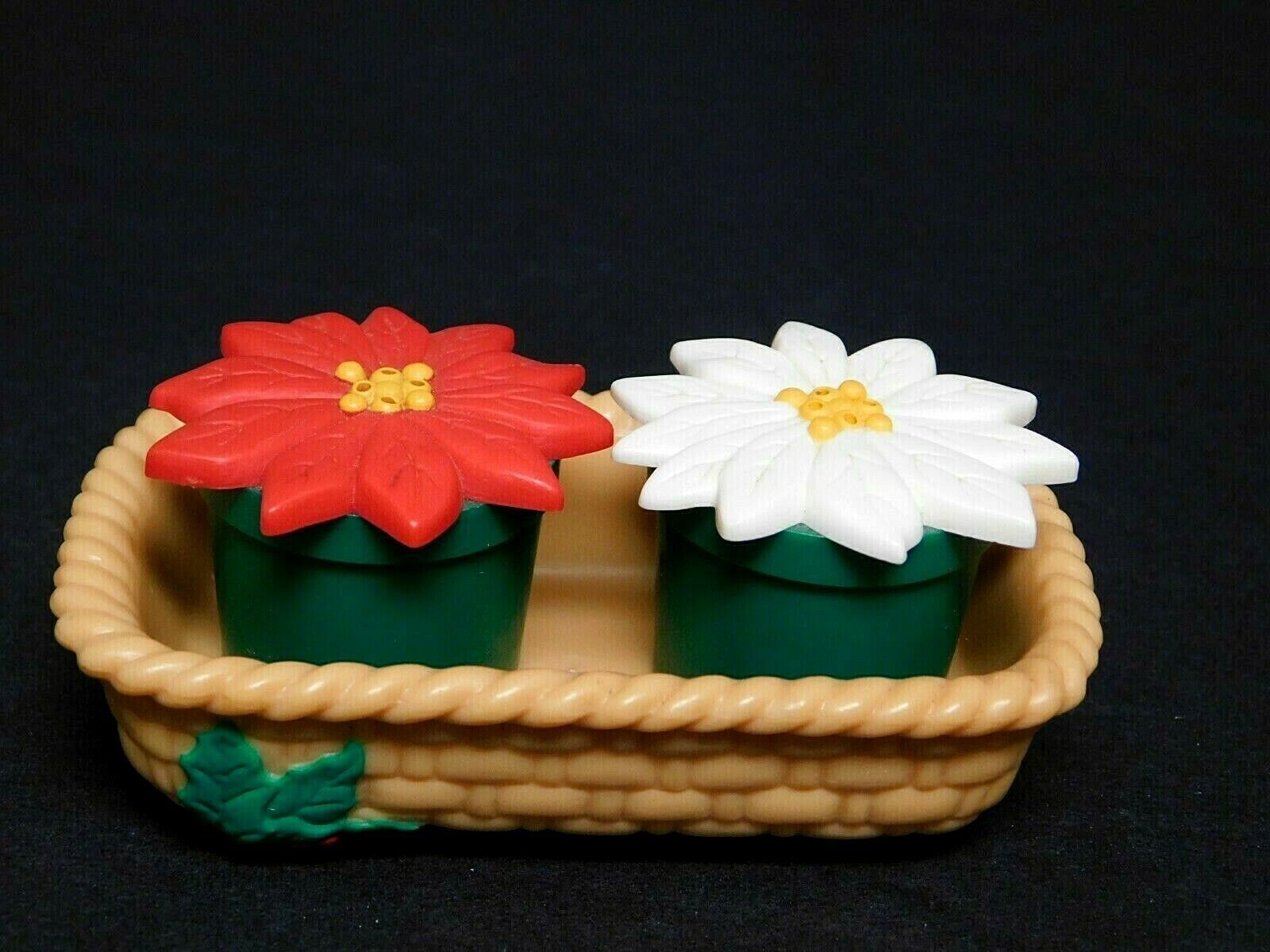



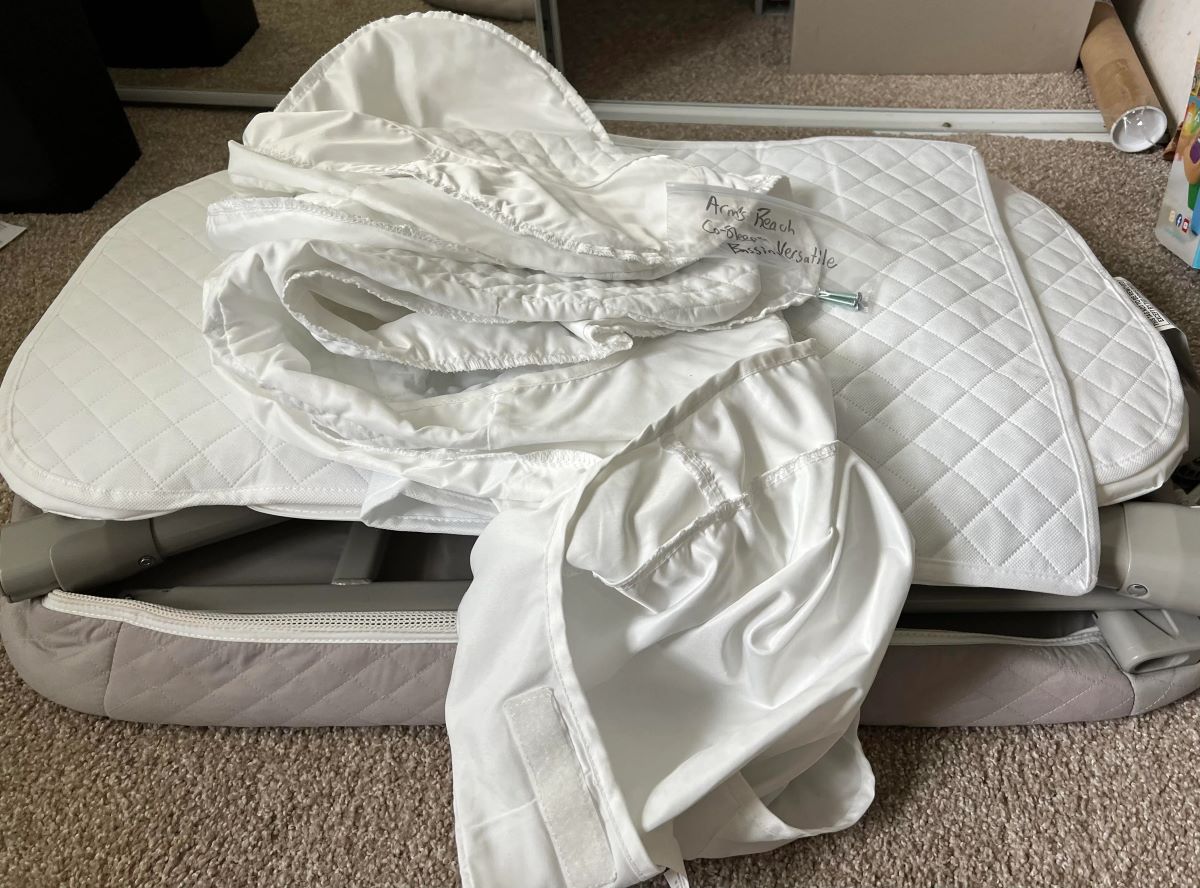
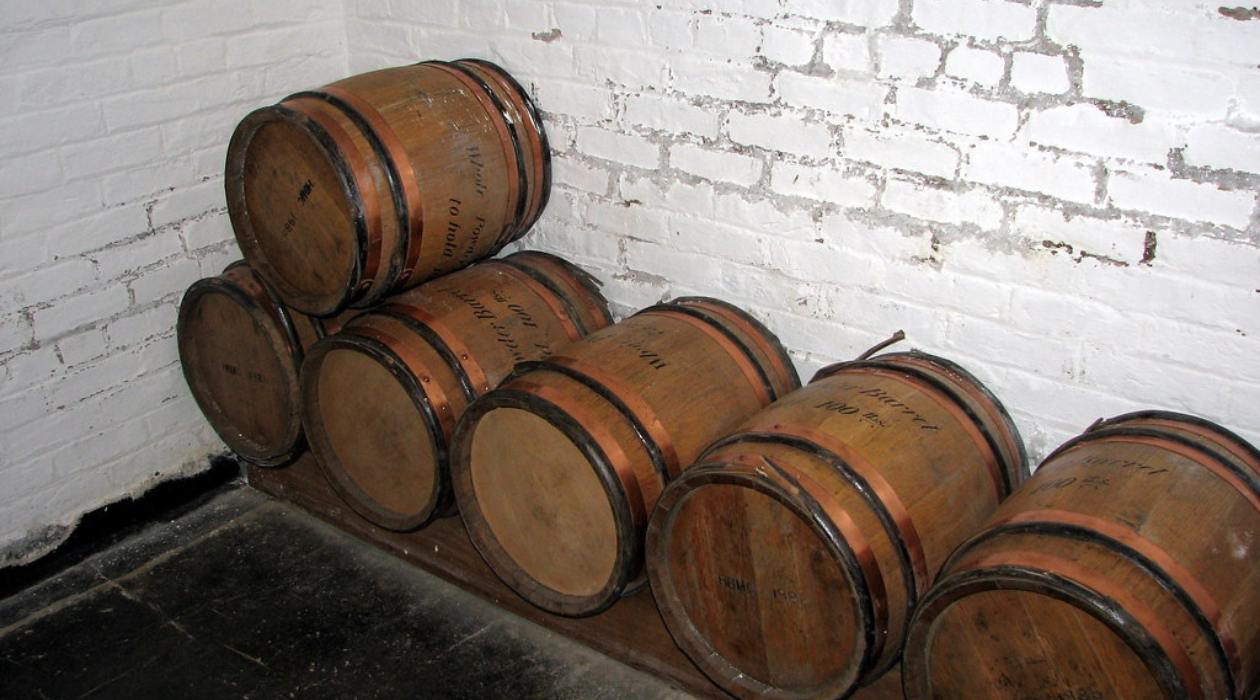



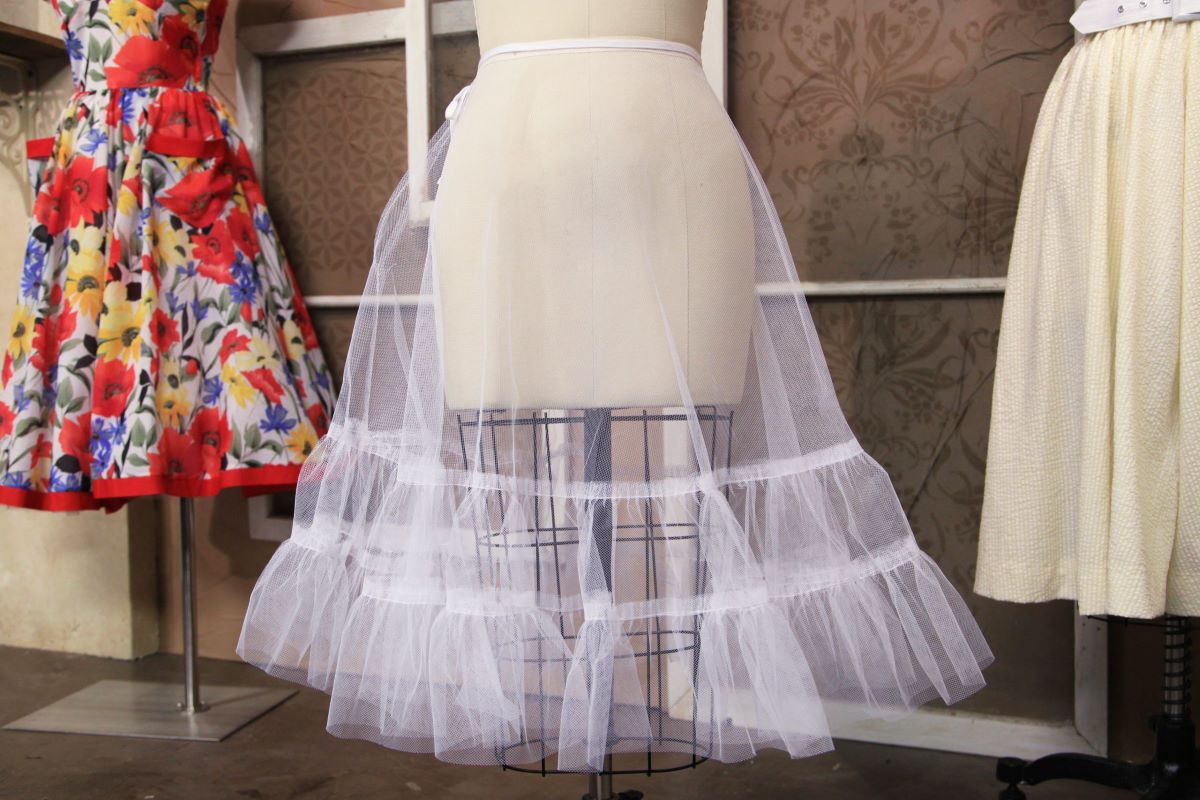
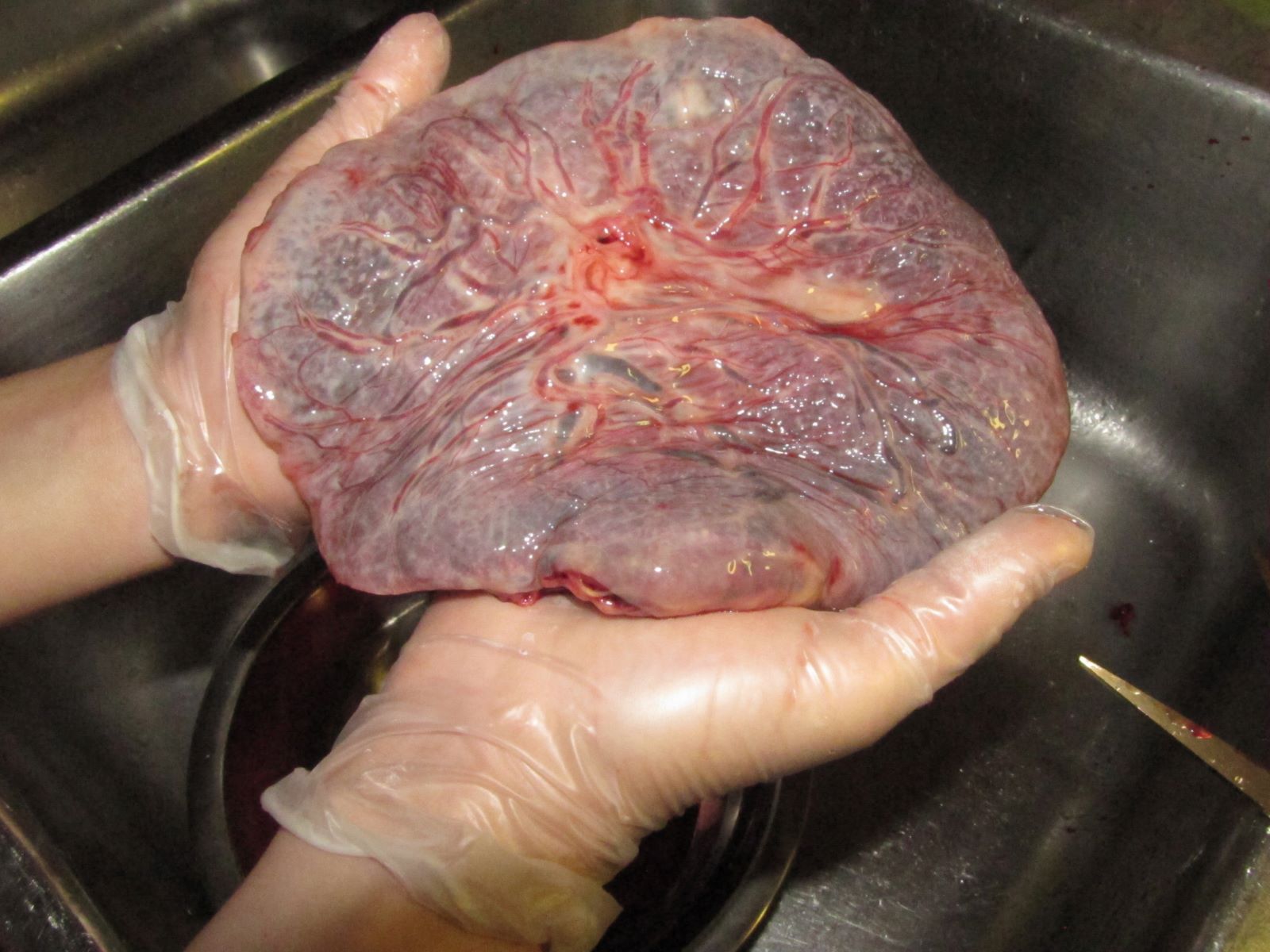

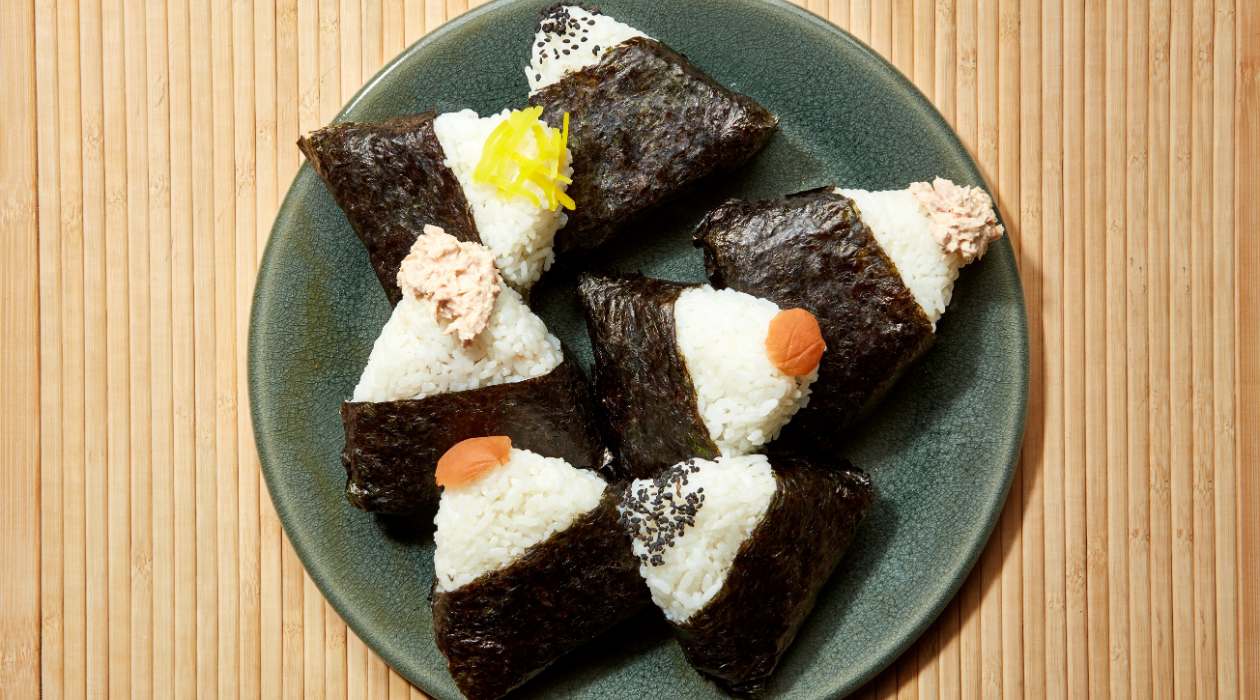

0 thoughts on “How To Store Poinsettias”